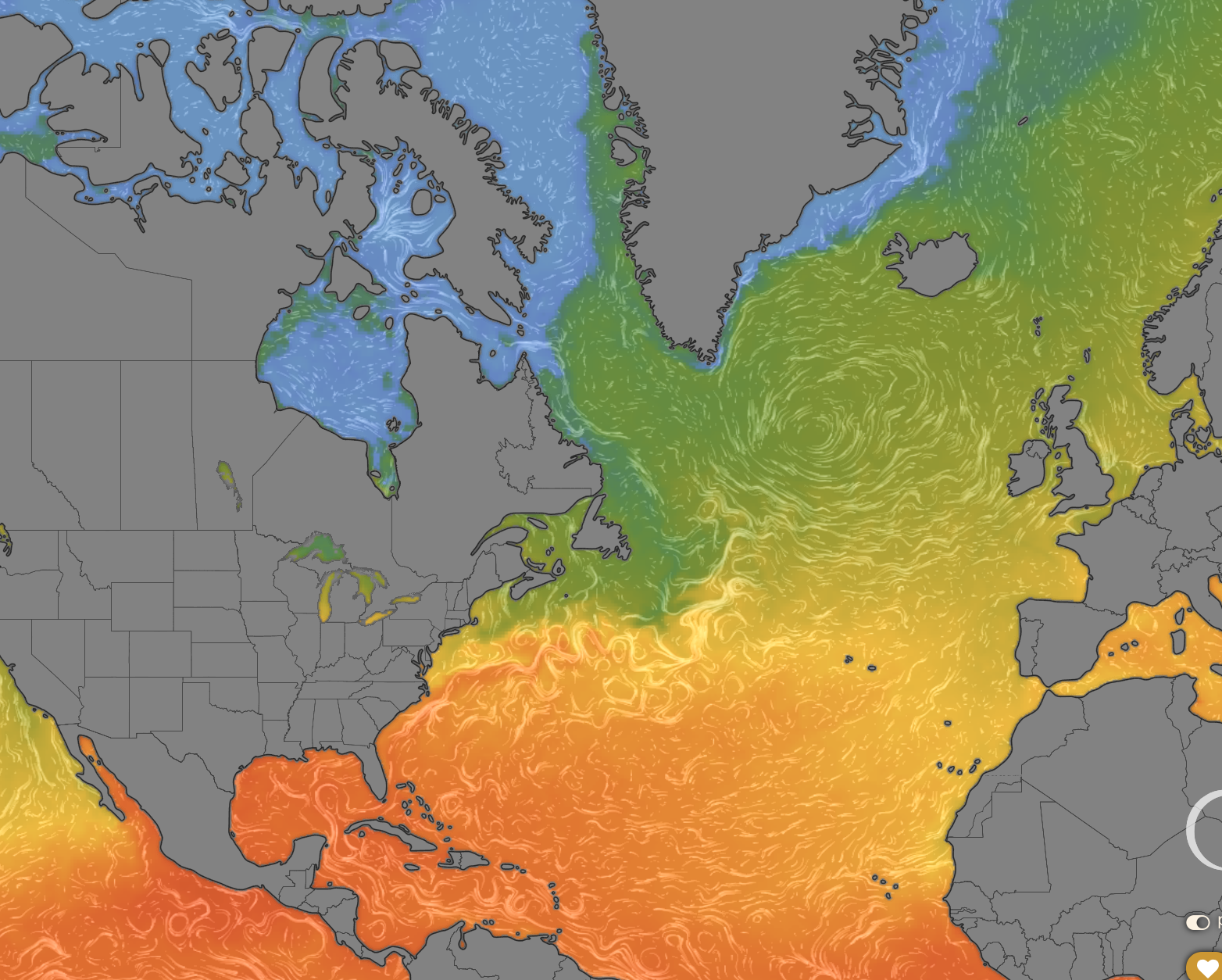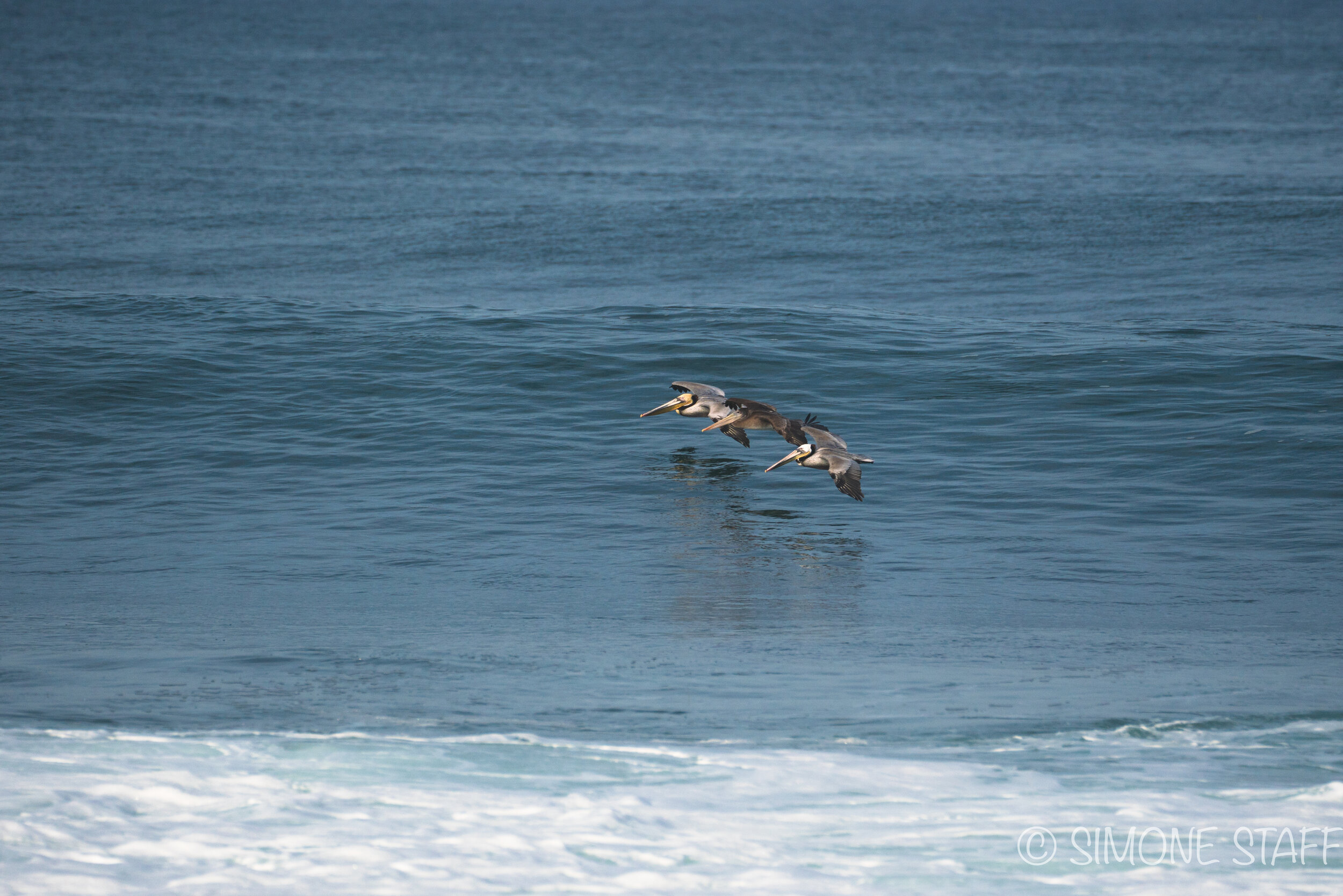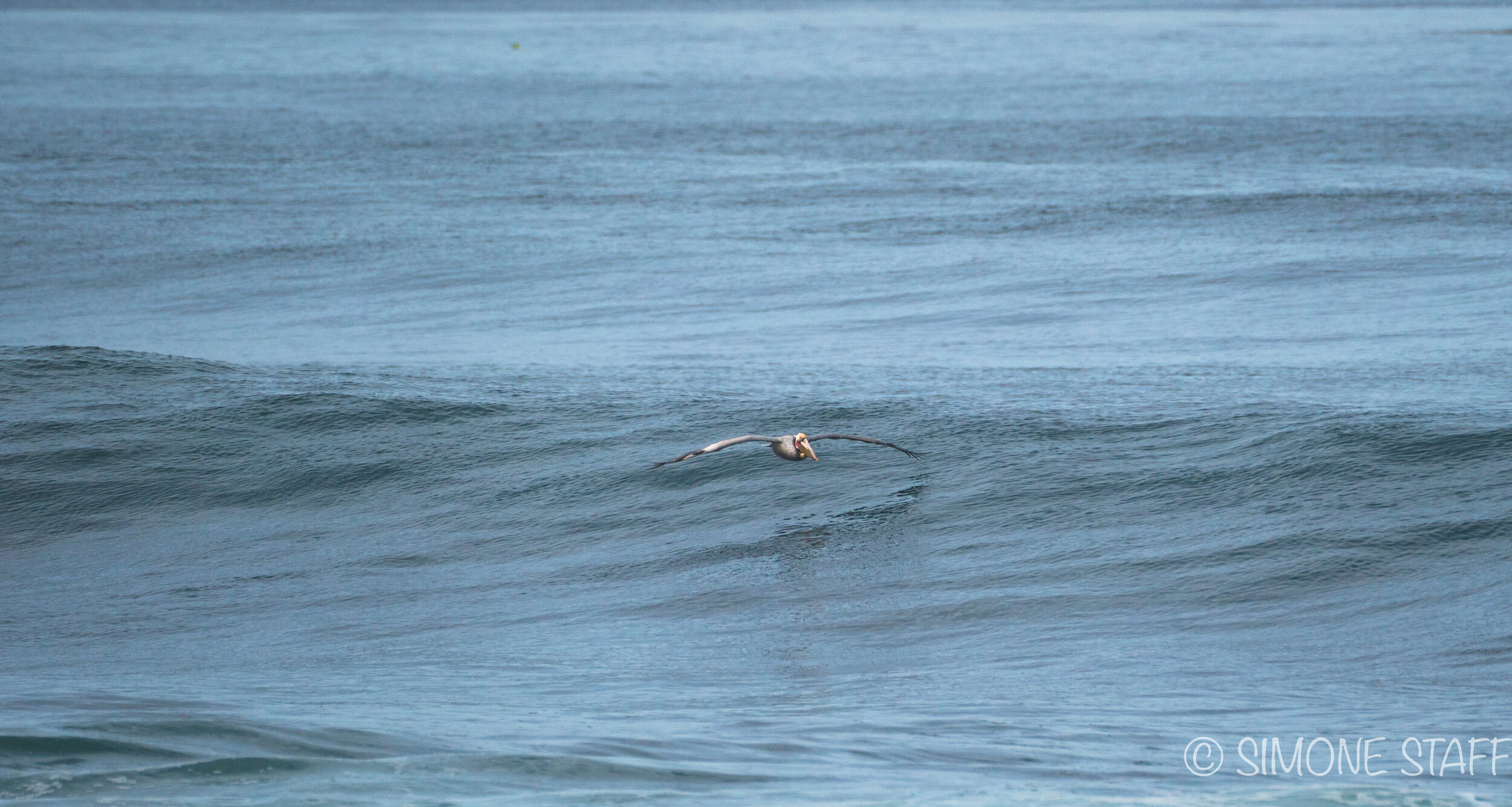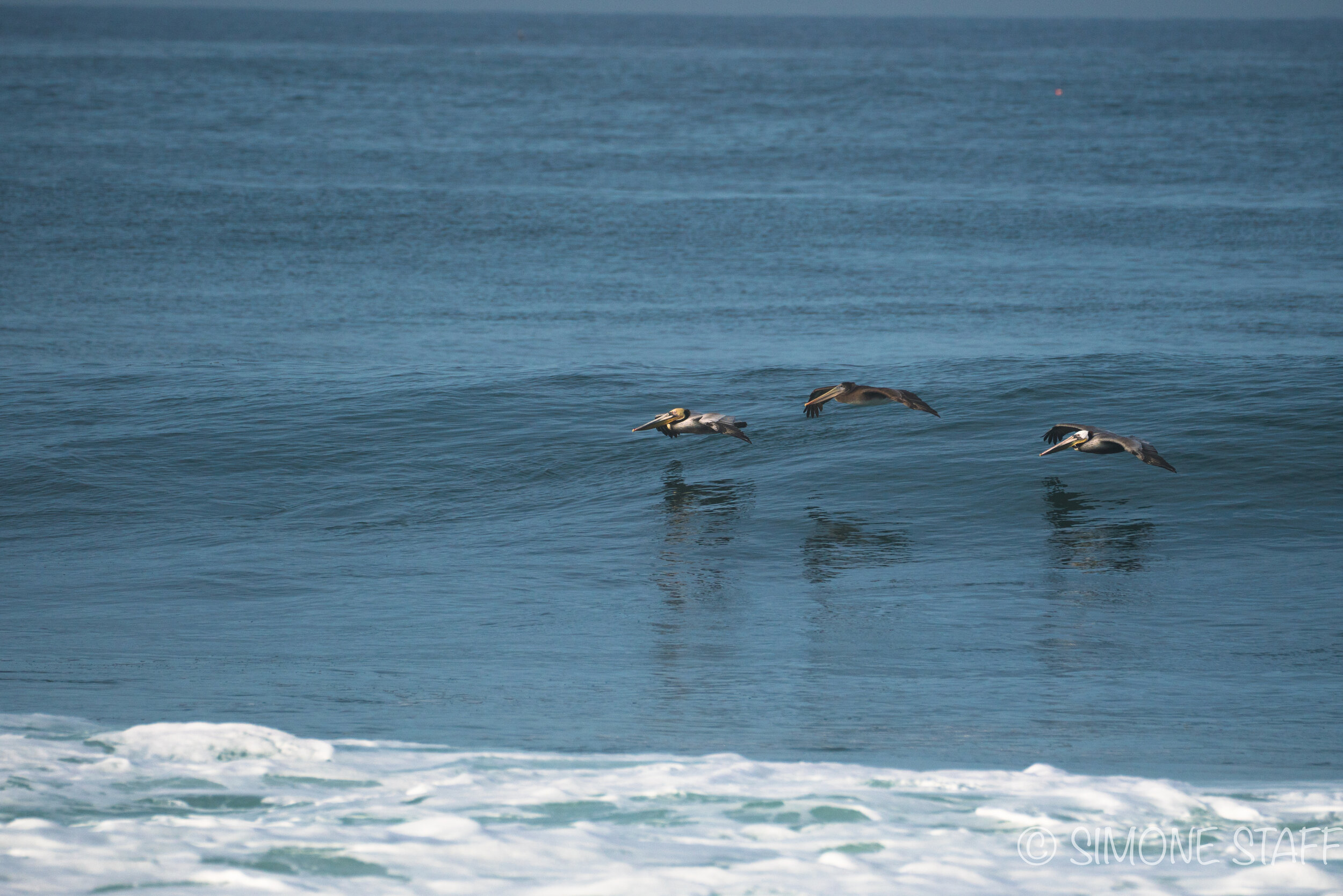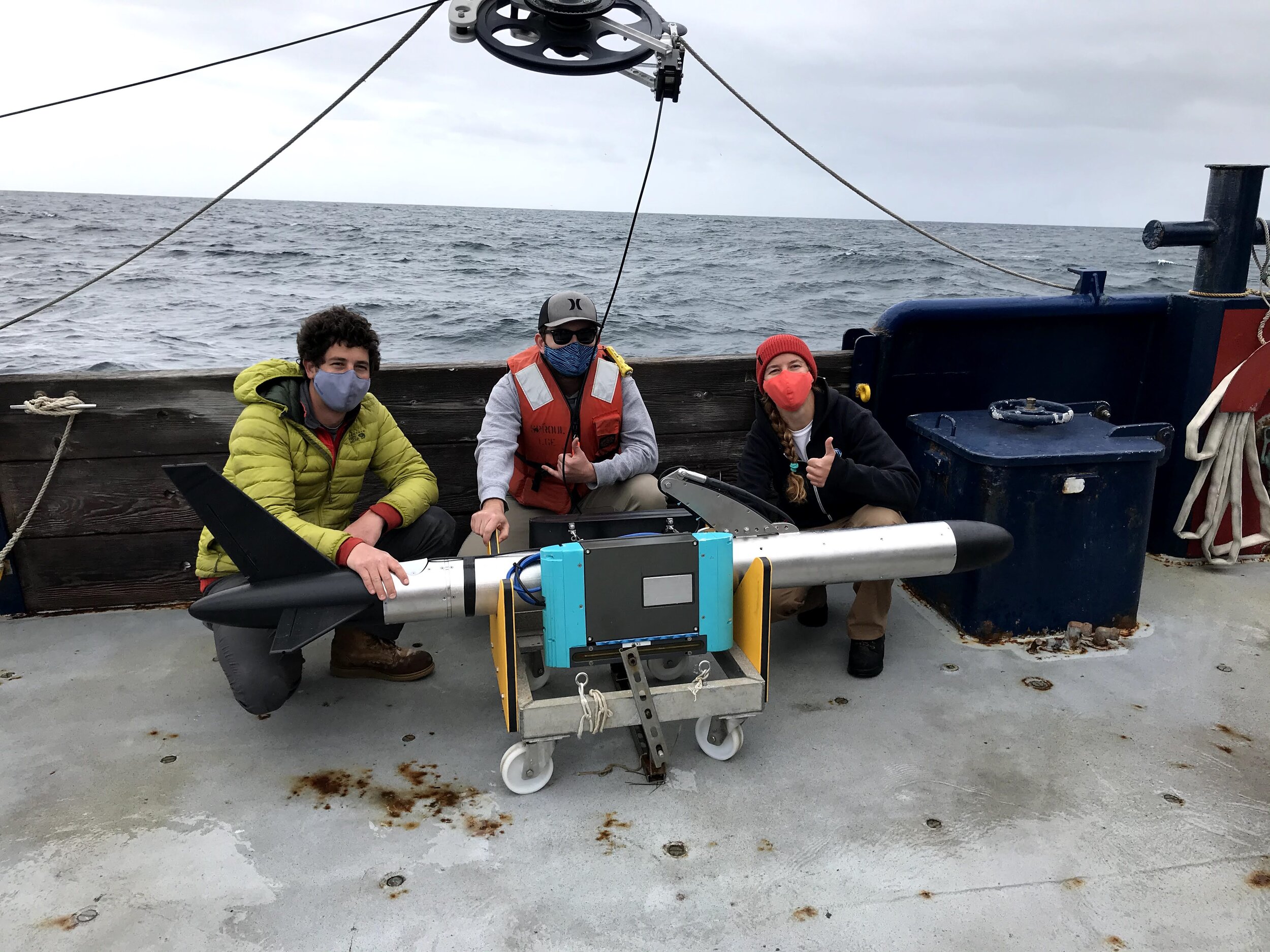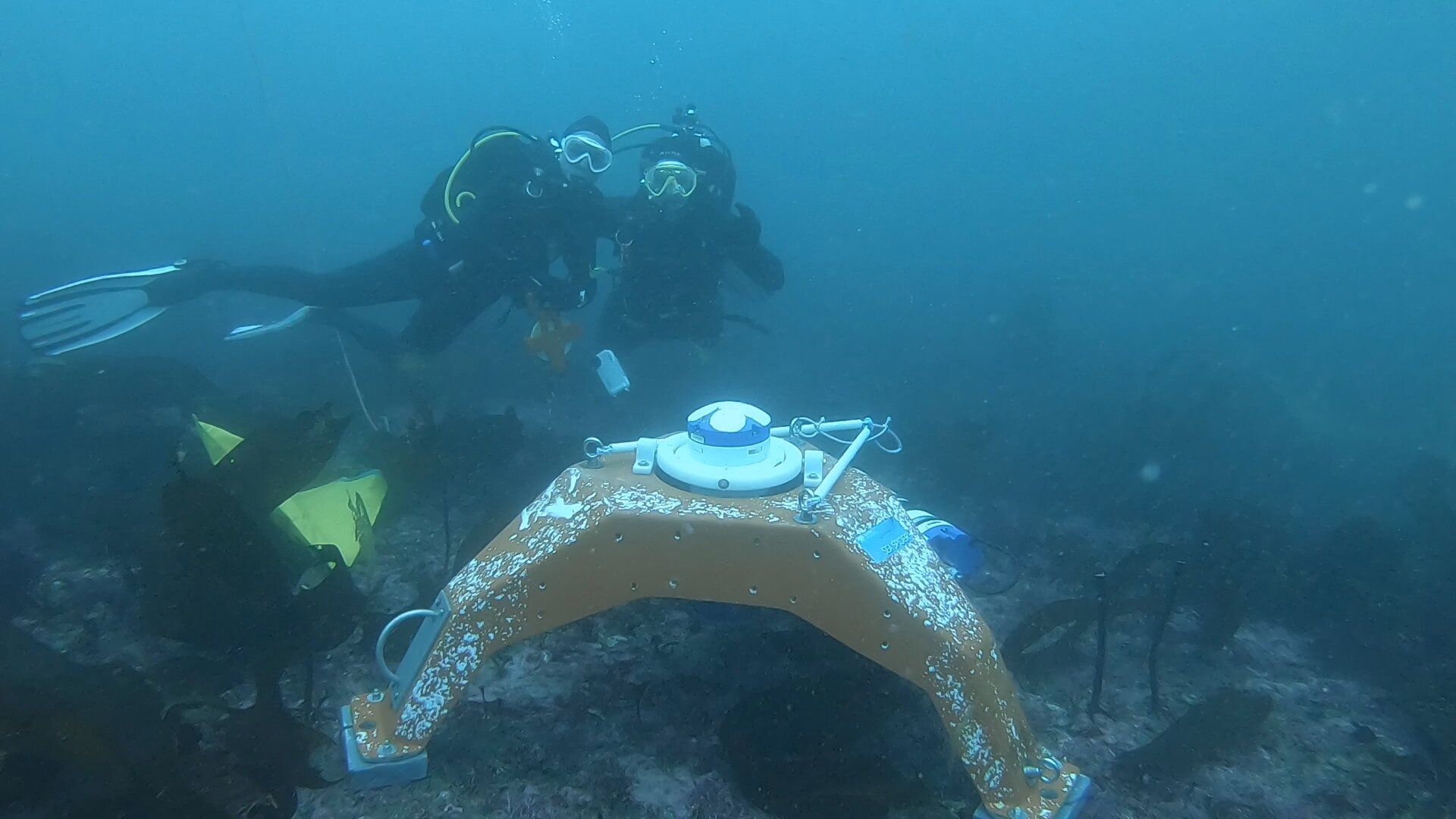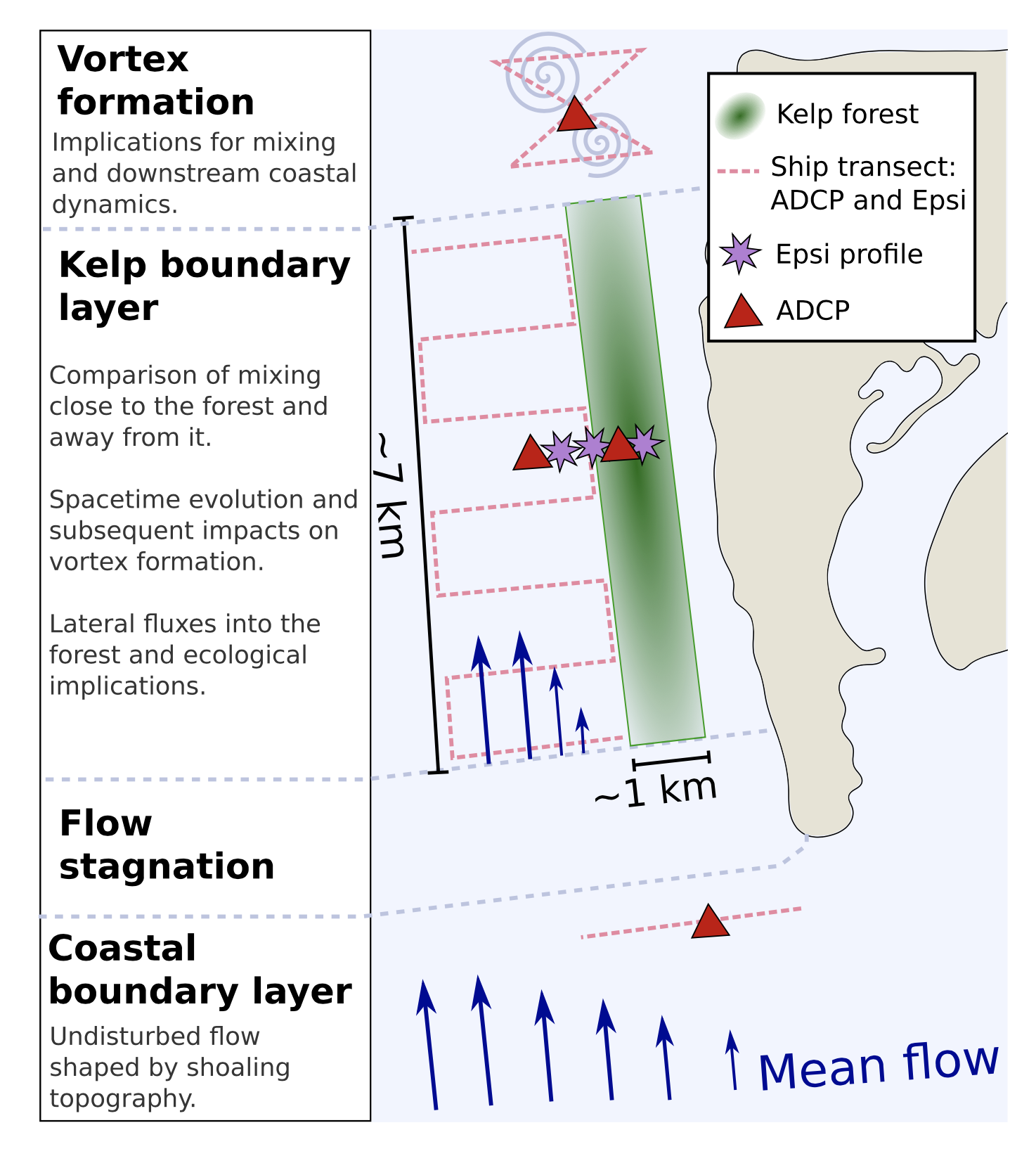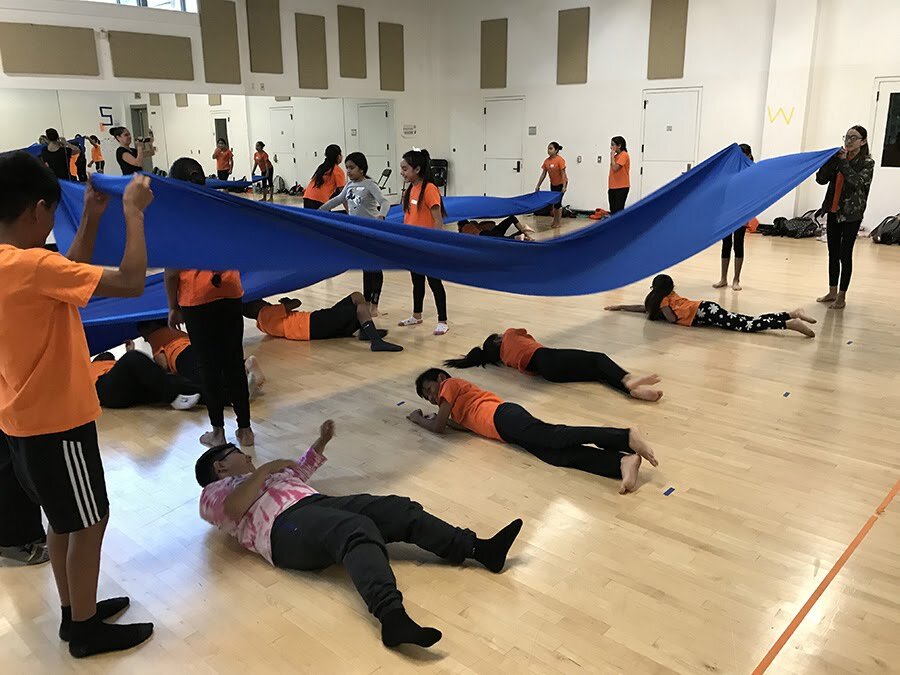To prepare for our exciting Boundary Layer Turbulence Experiment (follow along with the cruise blog) our team has been working around the clock to prepare three different tools for the experiment:
Moorings that, together with instruments from Kurt Polzin at Woods Hole, will measure the turbulence and mixing of cooler water with the warmer water above. These required the usual attention to detail and care in packing and planning each element. Beyond that, we are adding a new element for this experiment: one of our profiling moorings will have an epsi to make turbulence measurements.
We’ll be needing to sample the dye cloud we release near the sea floor as fast as possible. So we have added a fluorometer to our fast CTD. Because the fast CTD rises and falls so fast and samples on both up and down casts, we’ll be able to sample the dye cloud up to 5 times faster than we would by using the standard ship’s CTD rosette.
We’ve made huge changes and improvements to the electronics, software and body of our beloved epsi profiler. Many of the electronics and software changes are invisible, but they greatly increase the reliability and usability of the system. The mechanical changes are more visible and more crucial for the BLT experiment, which only focuses on the bottom few hundred meters of a 2000-m-deep ocean. So we have: i) added a longer, 3000-m cable, to allow us to sample deeper; ii) designed a cool new facility for pressure testing all of our sensors to ensure they don’t have odd effects at depth; iii) completely rebuilt the instrument to be heavier and longer which will make it more sensitive and better at reaching the great depths; and iv) contrary to most microstructure profilers which simply fall slowly the entire way to the bottom like parachuters, epsi now has the ability to “skydive” wherein it keeps its drag screens retracted until receiving a command from above, at which time it “pops the chute” and falls slowly in the lower part of the water column which we care about. With an altimeter, We’ve tested and retested all of these features for months and months in the lab, on the R/V Beyster, and in the 10-m pool at our lab, and think we are ready to go. Indeed, our initial tests yesterday looked great.
Wish us luck - we’re doing new things with new tools and are excited.
The latest and greatest epsi profiler getting assembled in the lab.
Drawing of epsi diving quickly to depth and then popping its chute to take measurements close to the ocean floor.




